The vintage industry: Interview with Wooden Sleepers
Brian Davis runs the Brooklyn-based men’s vintage store Wooden Sleepers.
As part of this week’s look at vintage clothing, I spoke to him about the industry side of vintage – how he got started in it, the misconceptions about it, and how he sees the future of the industry.
Permanent Style: Hey Brian. Let’s start at the beginning if we can: how did you first get into vintage clothing?
Brian Davis: My interest started at a young age; the idea of doing it as a business came a lot later. I think I was blissfully ignorant when I was young that vintage was something you could buy and sell, that it could be collectable.
I grew up in a small, rural town on the East end of Long Island, surrounded by farmers and fishermen. The nearest mall was over an hour away – which has probably turned out to be a blessing – and I was left to scrounge around in thrift stores and Salvation Army stores.
But I was into grunge and rap music, Kurt Cobain was my idol, and the clothes kind of fit with the look. I bought band T-shirts and old Levi’s, and it was a way for me to express myself at a young age - I looked different to a lot of other kids.
Do you think it’s inevitable that if you shop at genuine thrift stores – rather than upmarket vintage – you’ll always look a little different? Because by definition you’re wearing things that other people don’t want.
I think that’s true, yes, though in my case there was an intentionality there too, which came from wanting to get a certain look.
Other people might have been wearing Abercrombie & Fitch or Tommy Hilfiger, but I wanted this old mohair sweater. It was part of my character I think. I wanted to look different to everyone else.
So when did the awareness of vintage shops come?
When I was a little older, taking the train into Manhattan. This was the late nineties, and there were vintage stores everywhere in Soho. There was this huge one called Canal Jeans, but many of them had no name.
I remember in the basement of one of them, picking up this old pair of Levi’s and seeing a $800 price tag. That was the lightbulb moment for me – it was eye-opening to think someone would pay that for old jeans.
So I think by the age of 18, I thought it would be cool to run a vintage store. But I went into the corporate world instead, working at one of the world’s largest companies for 12 years.
Why were there so many more vintage stores back then in New York? Were they catering to people on low incomes that bought many of their clothes there?
Perhaps a little, but I think it was mostly just because the rents were cheaper. And the city had a certain edge then, a grittiness, that has all been pushed out of Manhattan now.
OK, so what sparked the jump into vintage full time?
Well it’s a pretty clichéd story now – one you’ve probably heard a hundred times before. I really enjoyed my job, but all the time I had this other interest. This passion.
Menswear was getting big for the first time back then, as I’m sure you remember, and so was blogging, selling and everything else online.
My girlfriend at the time – now my wife – said I should start a men’s vintage clothing store online. She basically laid out my whole business plan for me.
It was good timing for me, and I had this vintage collection that I had accumulated over the years, so I had stock as well.
It was unusual to have a shop online at the time, and the interest in menswear meant there was a ready audience. I was still doing a full-time job, but right from the start I had the name Wooden Sleepers, and I wanted to brand it, to make it professional.
It meant that when we opened the shop in 2014, we already had a following and a presence. It seemed like a natural step to everyone I think.
You mentioned having stock to sell at the start. But presumably it was a big jump from buying things as a consumer, to having to buy for other people, and sell at a profit?
Yes, although it was also so much better in another way. Because I could go back to all the great pieces I passed up – because they didn’t fit me – and buy them for other people. It made it so much more fun.
I was still pretty naïve. I wasn’t aware of how expensive some vintage pieces could be. But I was also lucky that the pieces I liked weren’t necessarily the most expensive – they were just ones that I thought were cool, and perhaps ignored.
People were becoming more interested in heritage brands at the time, particularly American ones, and those were things I had been buying for years.
So I started buying Brooks Brothers shirts for example, cleaning and repairing them, and showing how they could be worn – how they had looked cool in the past on different people. Setting them in a context, basically, and telling the story.
Tailoring was very short and slim then – and I was talking about shirts with a fuller cut, showing images of Miles Davis. That look seems to have caught on more now, looking at Instagram, but it took a long while.
So were you deliberately going against the grain?
I think a little, yes. I saw all the leather jackets, Levi’s and rock T-shirts in other shops and didn’t want to do that. I didn't want the same as everyone else. I wanted cool old Land’s End rugby shirts, Shetland sweaters, military khakis.
In terms of turning that into a business, I can see how these pieces might be undervalued and you could present them differently, selling them at a higher price.
But did it also get to the stage where you had to seek things out more? In small towns or through local dealers?
Yes, and it's funny - if you ask a dozen vintage stores they’ll all give you the same non-answer about where they get their stuff. They’ll all be vague and mysterious.
I think it's funny because there’s no great secret about where everything comes from. It’s exactly where you’d expect old stuff to be.
And you either have to go and find it yourself – whether that’s a garage sale, a flea market or a thrift store – and dig through those hundreds of pieces to find the thing you’re looking for.
Or, you need connections to people that have access to areas you don’t, and hopefully come to an agreement about how much it’s worth. You’ll pay a little more than if you found it in the wild, but that’s often necessary – I can’t just go to rural Maine all weekend.
And of course as a retailer you have the outlet, which the suppliers don’t. You run the shop, you have the customers. There’s this romantic idea that I'm on the road the whole time, always on the search, but that’s not the reality of running a store.
And is there a danger that all those local thrift stores will get exhausted at some point? Or is there a circularity to it – so fashions come and go, and the things people don’t want get fed back into the thrift stores?
That’s a good question. Obviously the days of going to some local boarded-up dry-goods store and finding boxes of 1940s Levi’s, all perfectly pressed and preserved, are done. Those finds are vanishingly rare.
But I still think there are great pieces out there. And I also think that, these days, the emphasis as a vintage dealer is more on having a certain point of view. On presenting the vintage that exists in a particular way.
Interesting. I guess there’s a temptation to think of a vintage store as just another dealer – sourcing things at one price and selling it at a higher one.
But actually it’s more like running a regular store – your value is what you choose, and how you present it.
A hundred per cent. You’re still merchandising, and all retail is buying and selling in some form.
After five years, you also realise you were an idiot about a lot of things at the start. Like actually controlling your margin, like how that is actually good for business and makes it sustainable.
That said, in vintage there are always things that aren’t about price.
For example when I opened the store, I overspent on certain pieces in order to give the right impression. I paid more for those items to show that Wooden Sleepers was a serious vintage store – it wasn’t just some junk second-hand shop.
Can you give me an example?
Sure. So something like a Brown’s Beach jacket or vest. They might go for $500, so if you can find one for $400 and sell it for $500 that doesn’t make too much business sense. But having it on offer sends a certain message.
I have to say I’ve never understood the appeal of Brown’s Beach. So many other things in vintage appeal to me, but I don’t see the attraction of that cloth – what is it?
I think for me it’s mostly about the back story. Certain things get a mythology over time. But it’s funny having someone else coming to it fresh like that.
I have a particular soft spot for things that are associated with the US Atlantic North-East. Even though where I grew up wasn’t New England proper, it had a lot in common with it.
Brands like Brown’s Beach and LL Bean. There’s something about surviving these winters, and the clothing it was done in.
Isn’t it interesting how, on the one hand, those local brands can have great appeal; yet on the other, it’s often foreign or alien things that are attractive. Like Japanese fetishising Americana, or even Americans liking British clothing.
A hundred per cent, yes, and different people like different mixes. It’s one reason we don’t just do American vintage – I love French workwear as well.
Clothes also often go through different stages in their associations and appeal. Barbour has certain associations for you I’m sure, being British, but it was also something I saw a lot growing up, so it feels very New England to me. Lacoste too, even though it was French.
Or military pieces that gained different associations, like the fishtail parka becoming associated with the Mods and that sub-culture.
Exactly, or the M-65 jacket being co-opted by peace protestors against Vietnam. Completely flipping its cultural meaning.
That happens so much with military clothing. As a kid growing up there were Army & Navy stores everywhere – it was such a great source. But they’ve all gone: an obvious example of the sources drying up that you were talking about.
If you were a businessman in the 1960s and 1970s you could buy tonnes of this clothing, huge palettes of it, and sell it on – that was a perfectly normal business to be running. But now it’s all just single pieces here and there.
Although, I guess it becomes more valuable the less there is. So those single pieces are worth a lot more than the ones in the 1970s. You might even make more money dealing a small number of rare pieces.
True. It’s funny talking to old vintage guys, they’ll say something like ‘back in the 80s I could get these for $10’ and you’re like ‘yeah, but there were a lot more of them then!’ That’s how demand and supply works.
What are the big changes in how vintage works today, compared to when you started?
There are still thrift stores, but they’re full of fast fashion from the past 10 years. Because it’s much easier to sell that.
Then with vintage stores like mine, people are becoming more and more specialist. You have to have a view and curate it well.
What’s cool for someone getting into vintage now, is that you can find a specific store for whatever you want: nineties pop culture, streetwear, tailoring. And that means sellers can be very specialist too - and find a market.
The other thing is Instagram, which has changed everything about sourcing. Kids can now spend their days driving around rural Indiana, digging up wonderful pieces, and selling them right off their phone. I don’t know if that’s a full-time job, but it’s a great side hustle at least. I source things like that every day.
I guess overall it’s easier for everyone to find each other. Dealers can find me, and I can find customers all over the world. It’s amazing.
Thank you Brian. That’s a nice optimistic note to finish on.
Thank you Simon. See in New York later this month.
Brian is referring to the New York Symposium - details here.
Photography: Ray Spears @rayneutron


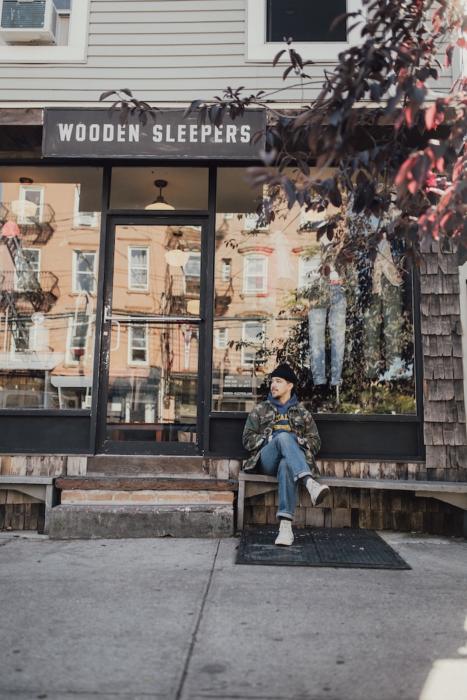
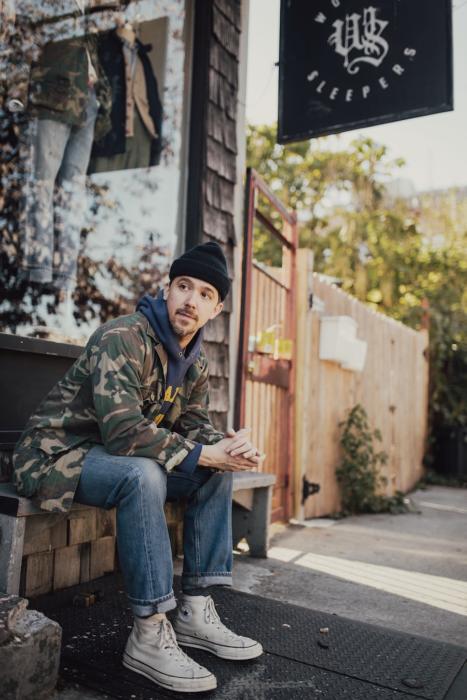
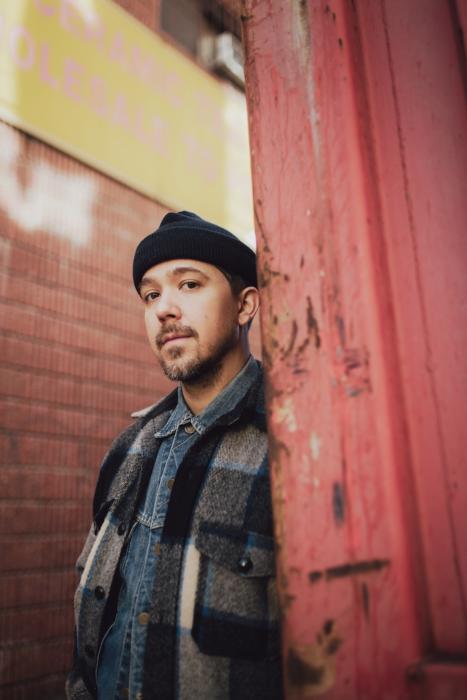
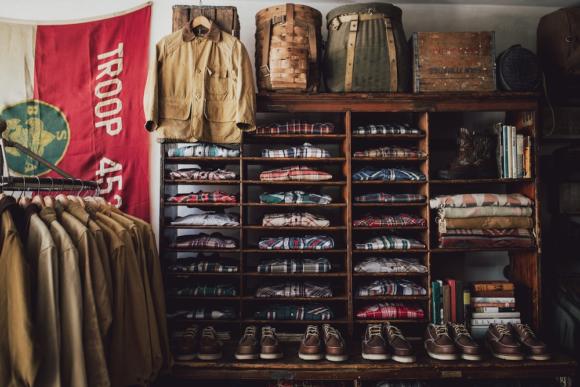
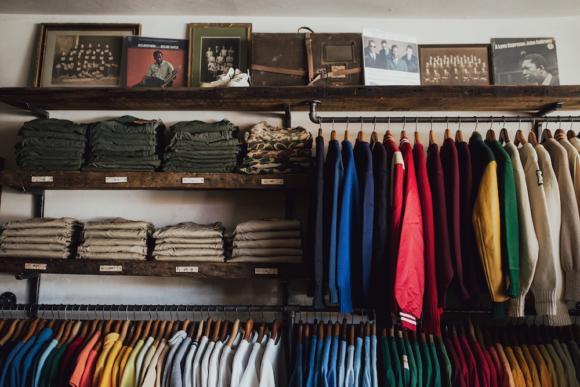
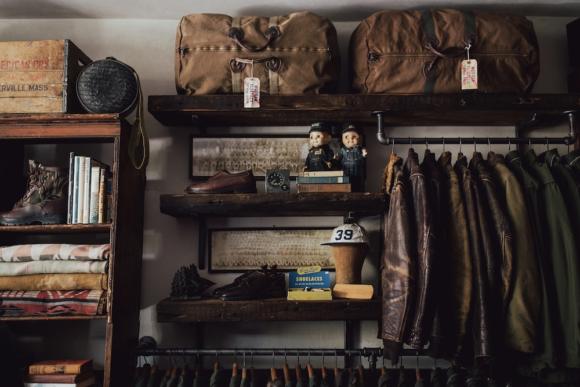
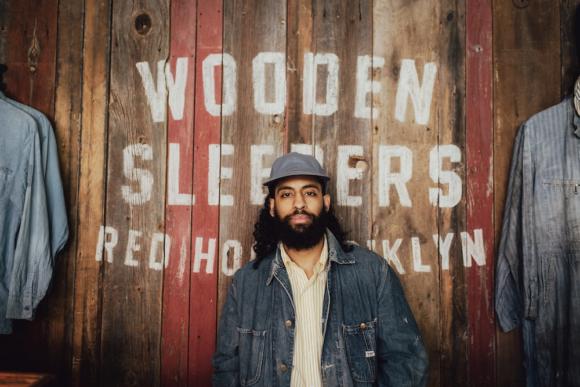
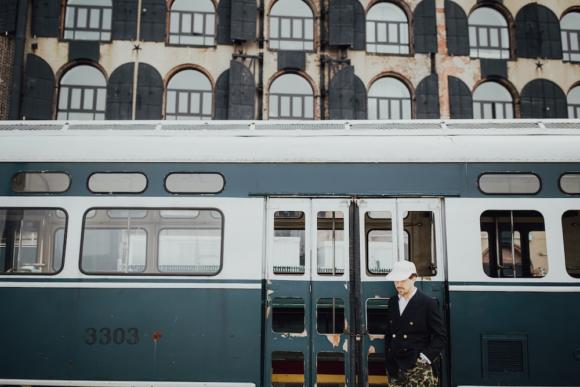
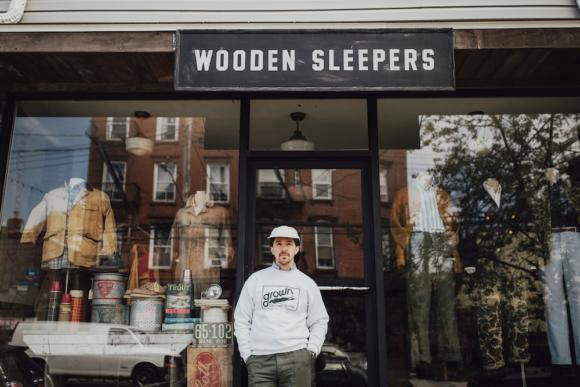
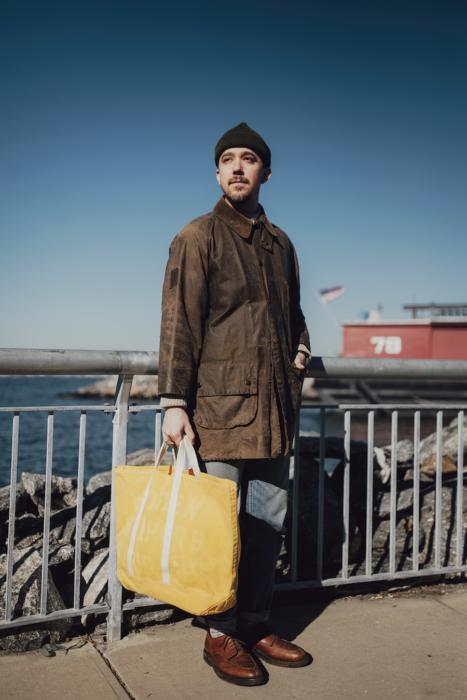
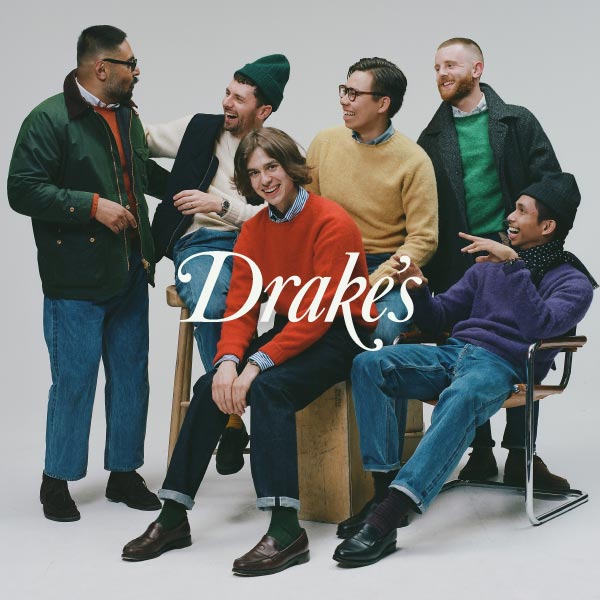
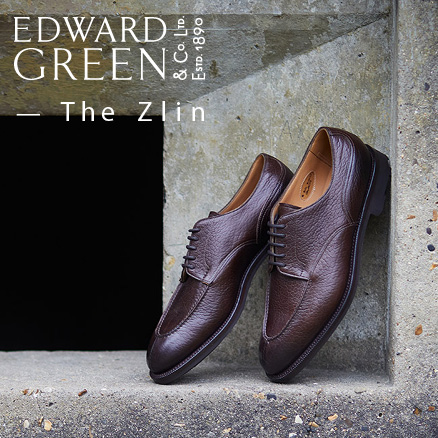
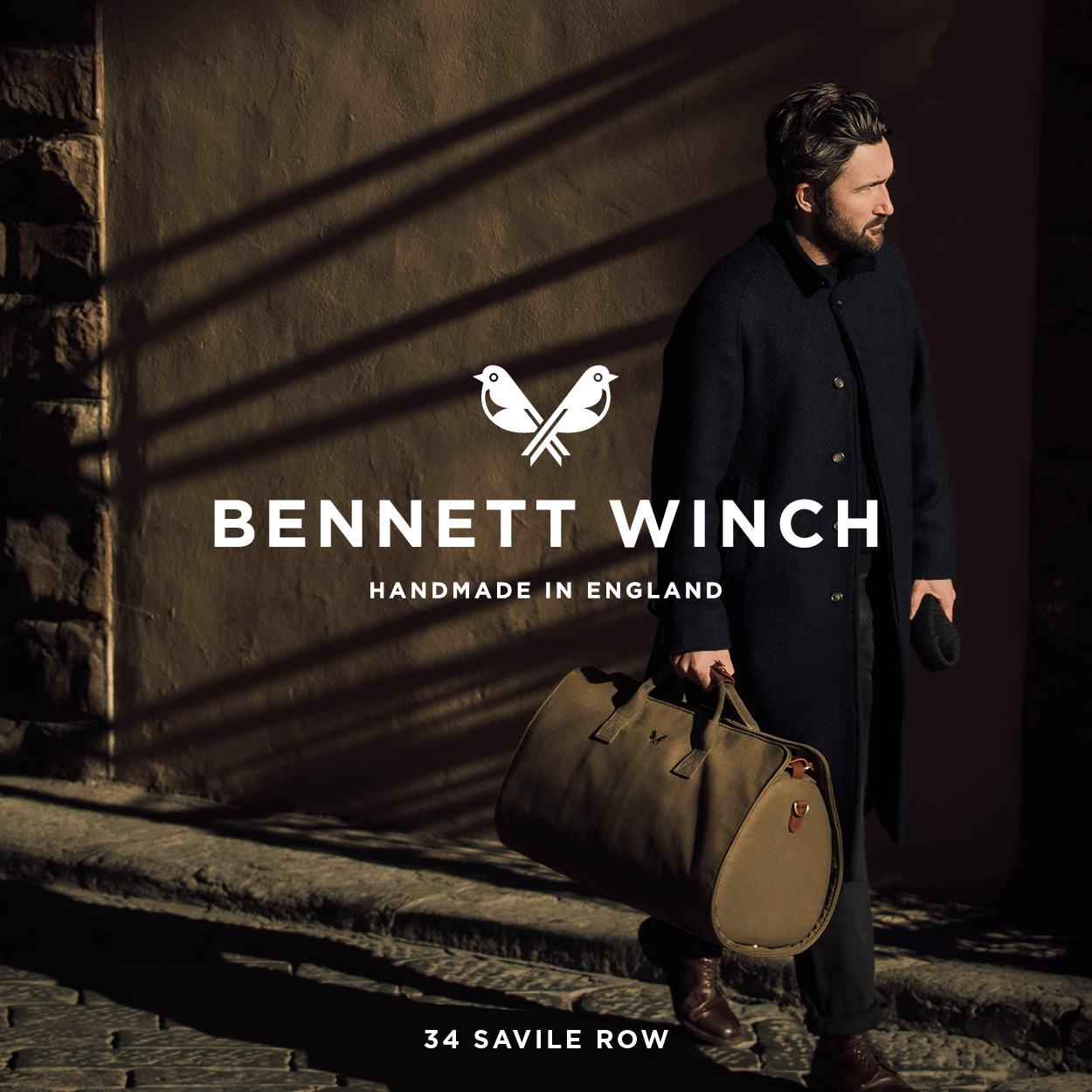
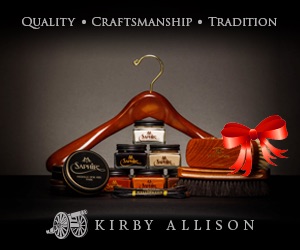


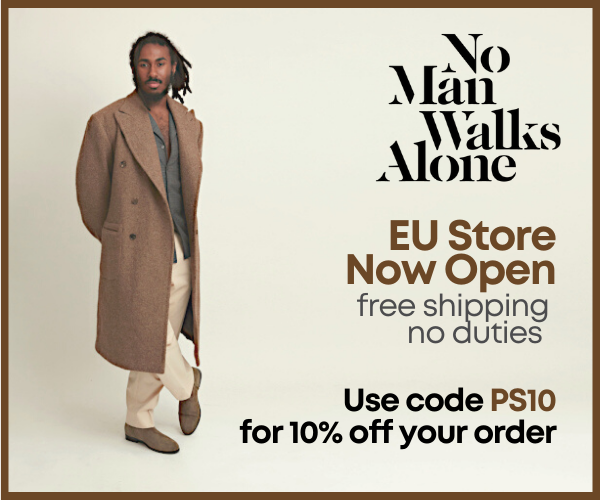
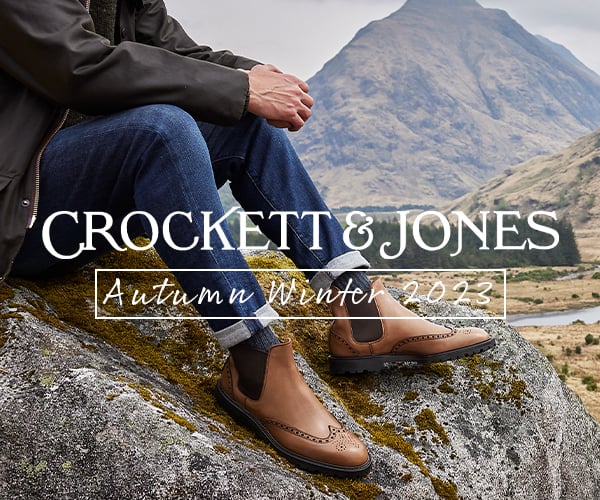
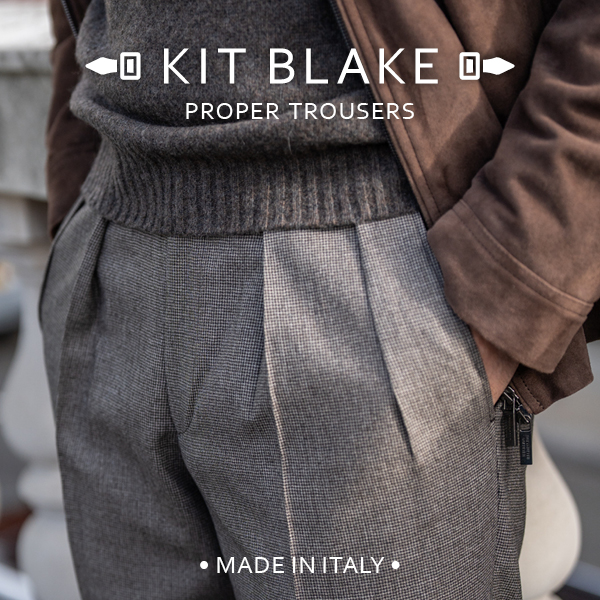
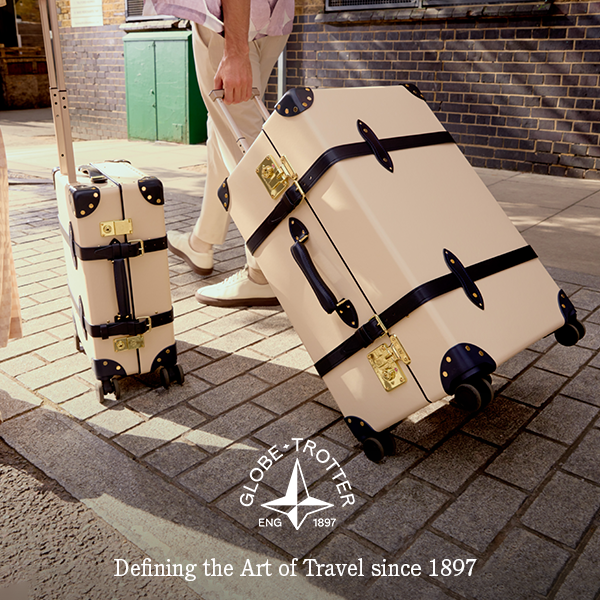

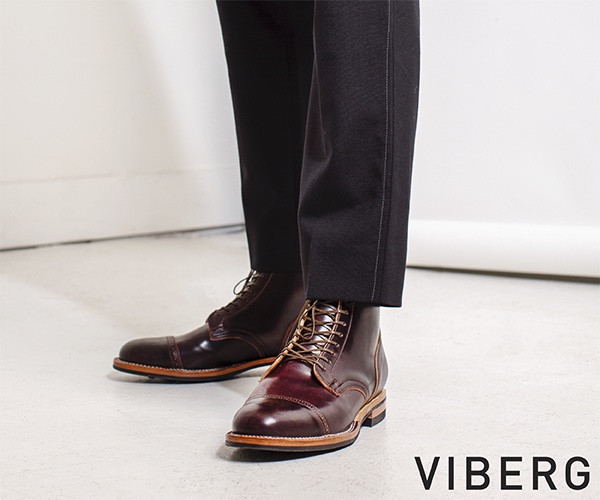

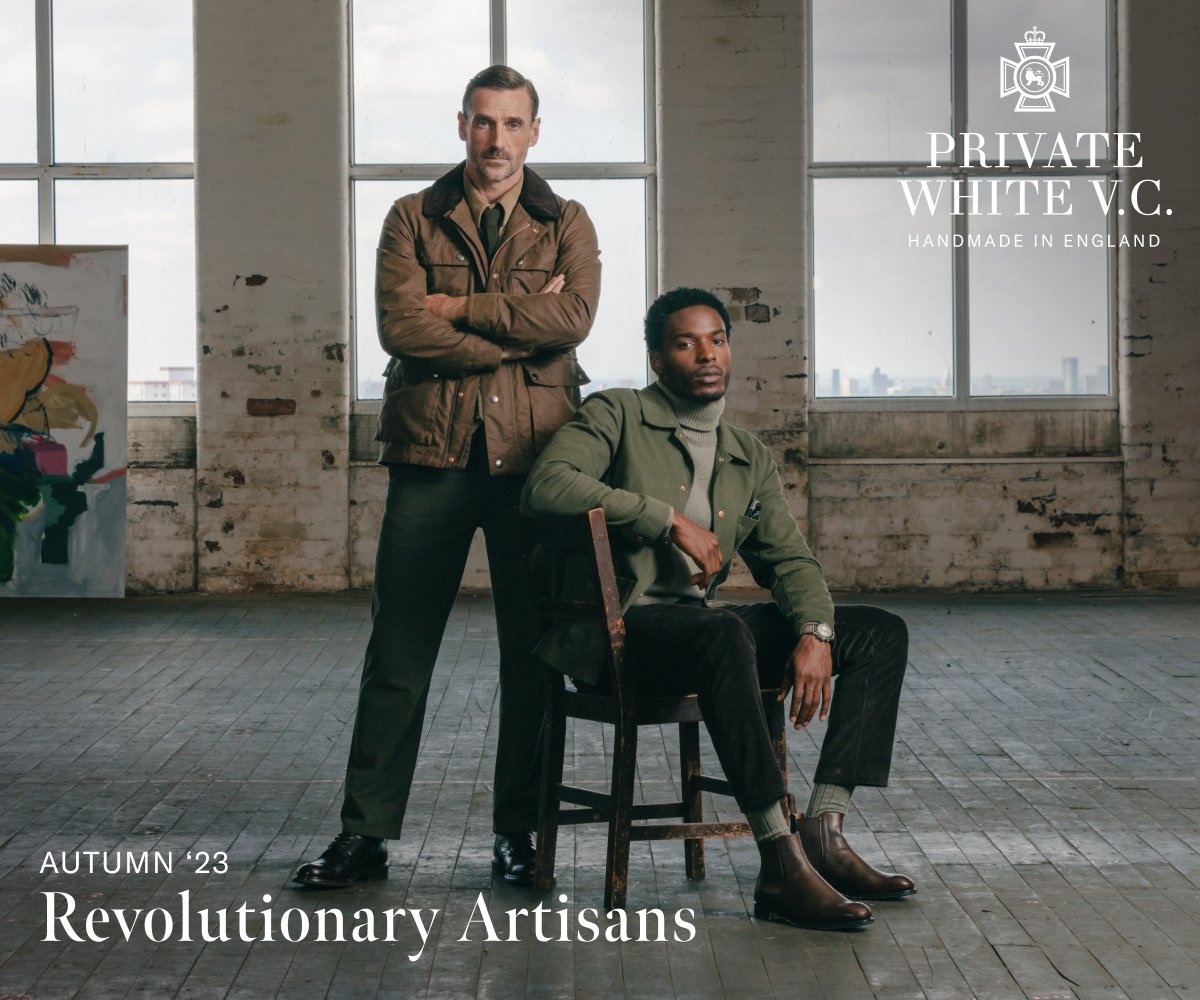
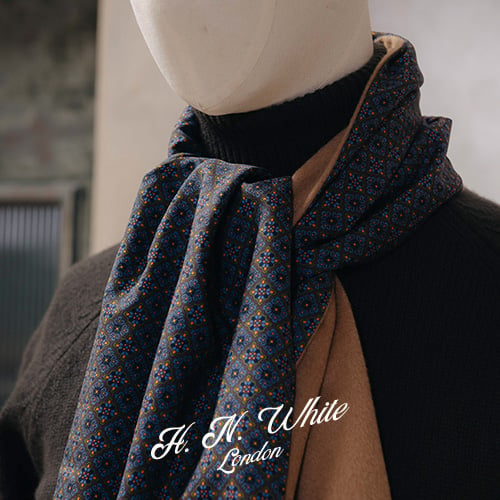


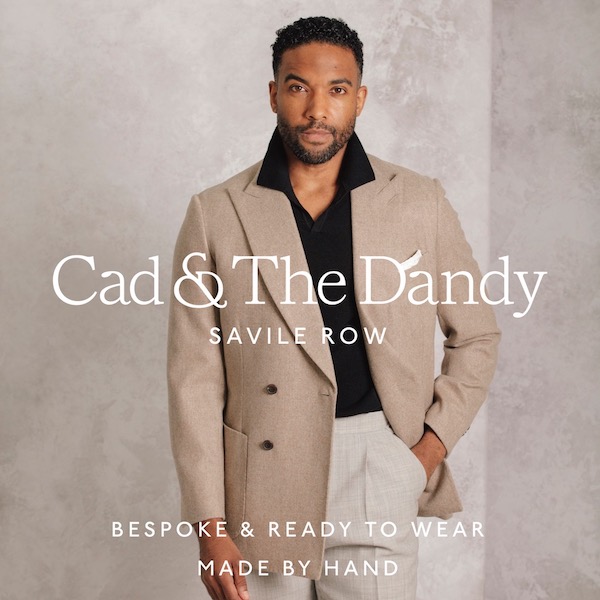

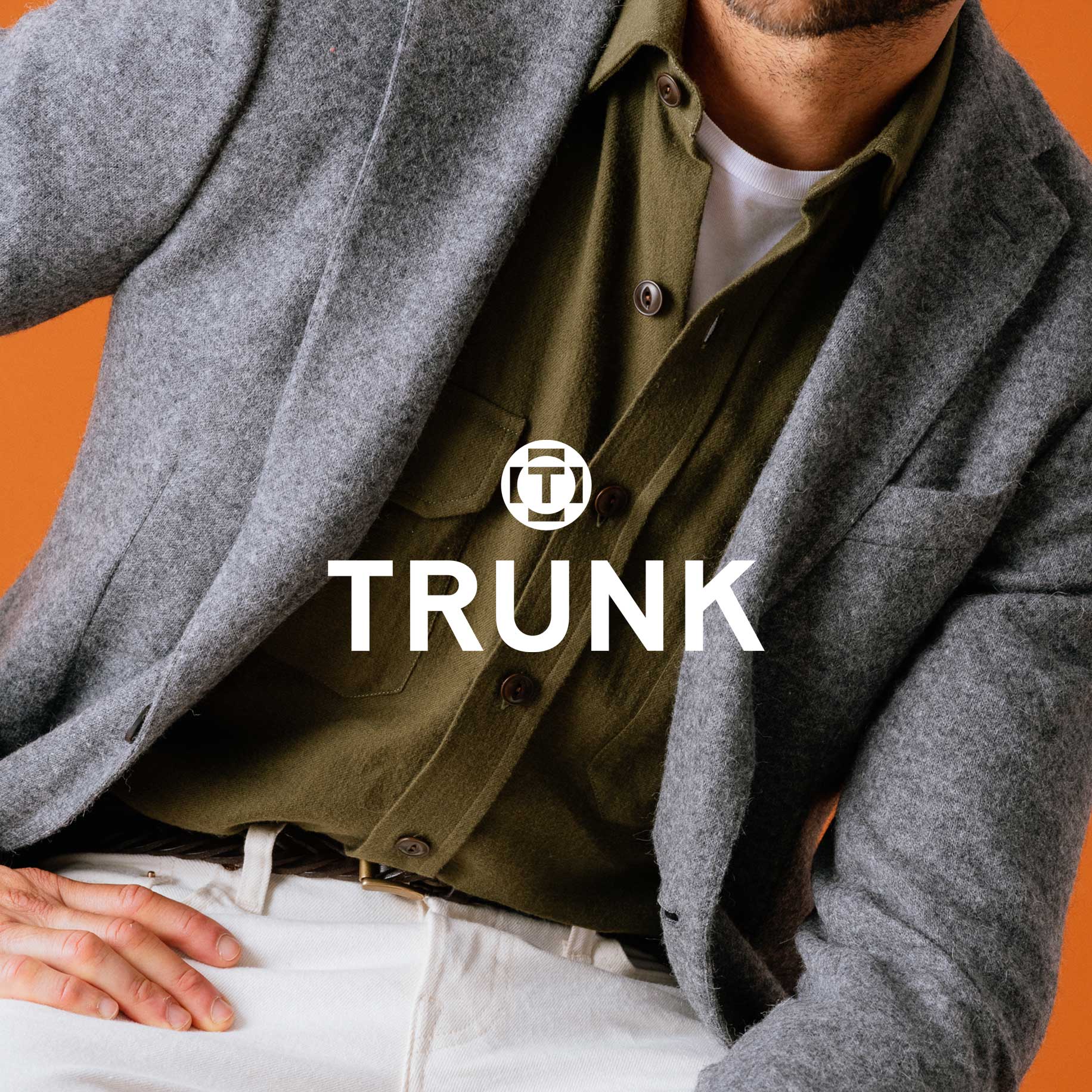
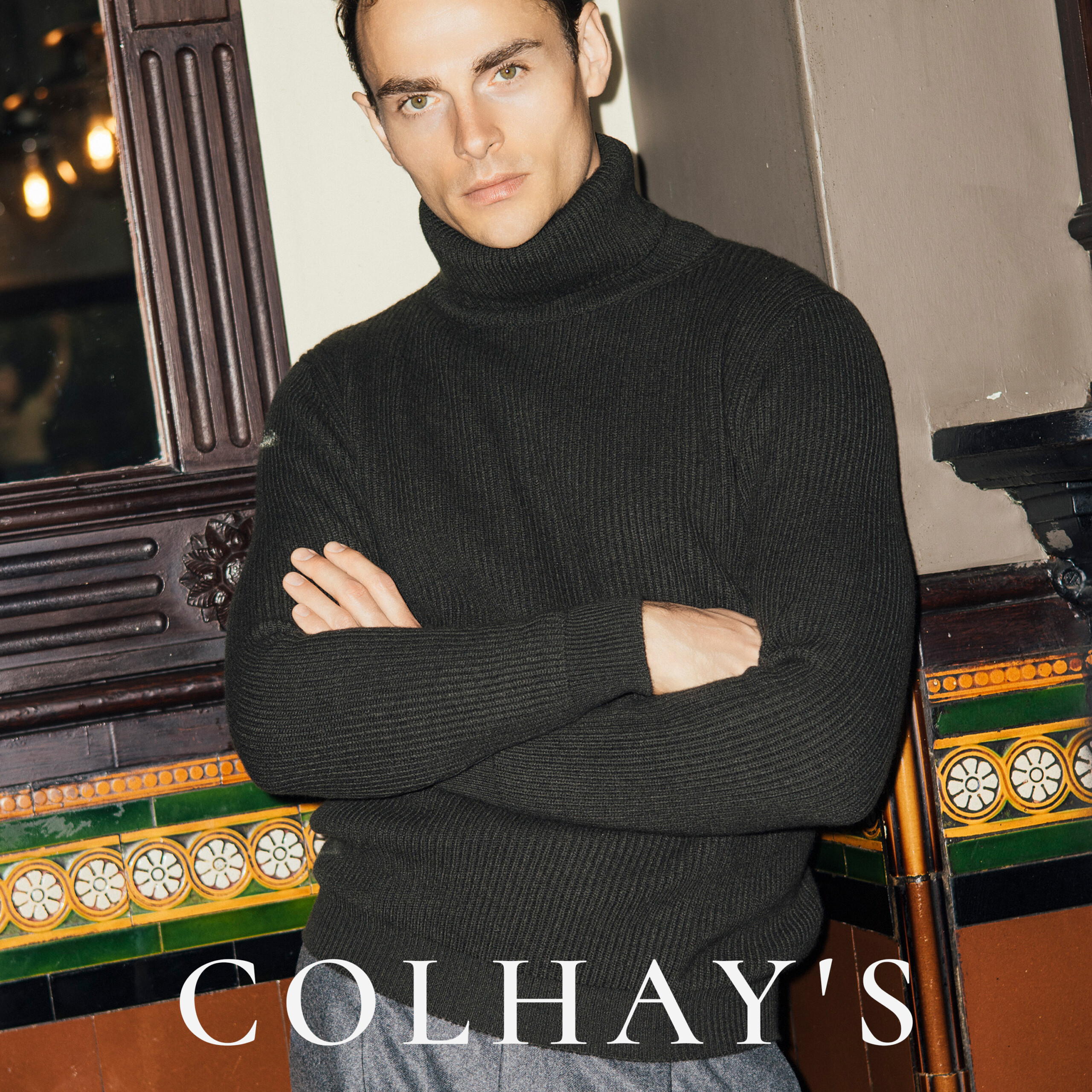



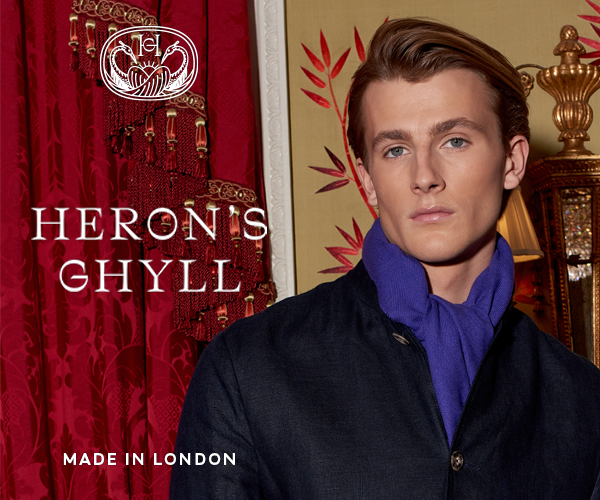
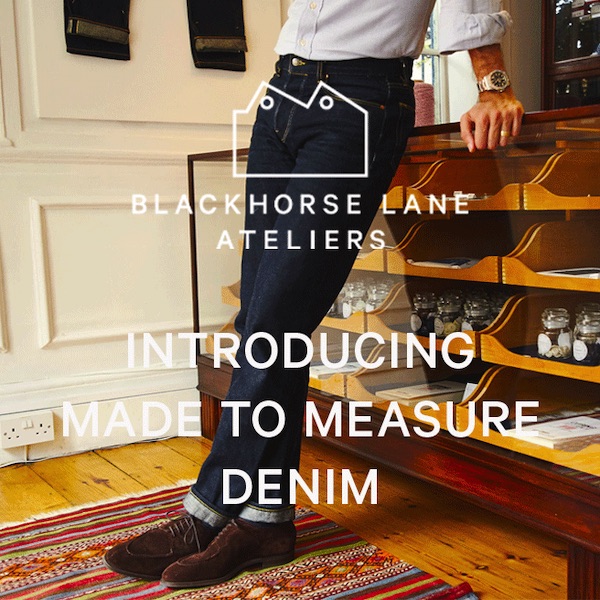
Simon
This is all interesting but a bit frustrating. Why can’t you give us advice about how to shop second hand, rather than buying into this menswear / fashionista world?
I think you’ll have to be more precise – what kind of advice do you want? I assume you saw the advice interviews on Wednesday?
Yes I did.
It is hard to put into words but there is a world outside of uber-curated, fashion driven vintage stores. What about those who genuinely want to just save a bit of cash or be eco friendly and buy oxfam?
I love your content but really do feel you are so encapsulated in the menswear bubble that it would be really good for you to realise this, step out a foot or two and think about it from a laymans perspective. Especially as that seemed to be the founding ethos of PS.
Everything you do these days seems to be such a part of the menswear “scene” (even if not as mainstream a part of it as GQ etc). I think that makes you lose a bit of objectivity and reality. I guess I am just harking back to the days where this wasn’t the case. Understood if you don’t want to do that though, as this is now your living.
all the best
Thanks, I do find that interesting.
Partly, it’s less a case of being in a menswear niche and more about quality. If you go to the kind of vintage stores mentioned here, what you find is something that is a lot more curated than a local second-hand shop or Oxfam, and the quality of clothes is a lot higher – either in better repair, or better quality to begin with. Leather jackets is a particularly good example. There are some good pieces, but they’re rare – which is why dealers go to those stores, find the one piece in 100 which is good, and the re-sell it. Hence the points in here about sourcing and price.
Overall though, it’s just not the aim of this series of pieces to present ways to save money through buying vintage. Rather, it’s about how good vintage pieces can be worked into a wardrobe full of new high-quality clothing as discussed elsewhere on the site, and tips on doing that for someone that hasn’t spent much serious time looking at vintage previously (as I suspect is the case for many readers).
I understand if you think it’s too much of a ‘scene’ but as ever this series is based off conversations with readers (particularly the 100+ conversations had recently with people during the pop-up shop).
Ebay, Simon.
It’s the world’s largest and very best thrift shop, followed by Etsy, which is not so easy to search, but has some great stuff, if yr willing to sift, though the price point is typically higher and the selection not so broad. Honestly, the only real way to ensure that you get what yr looking for, is experience, and knowing what exactly are the parameters of the things that work for you, measurements, sizing, and understanding what represents good quality and a good cost to value ratio. That can take years to develop, if you don’t already have it. I’ve spent years with the stuff, and there are others who know more and are better, but I do some work with this industry on the side of my day job and find that it is both rewarding, and helps me to get discounted or free vintage items that I am seeking, or to source them in the first place. I prefer either vintage, or MTM or Bespoken garments as they are of far superior quality to the majority of what is turned out today, and cut better, meaning ties are shorter, as they should be, trousers have the proper rise, and shoes even, munitions grade ones are lasted better and jackets are cut better, generally and sewn far better. Anything less was unacceptable to the better informed and more demanding public of the past.
Apologies! My previous comment was addressed to Mr. Anonymous! That’s just what I get for commenting before my morning coffee! I’m quite sure that Simon is already well aware of what I was saying to Mr. Anonymous.
Whilst it is interesting to hear different views, and see different ideas, the looks seem to me a long way from any real style and much more like a thrown-together mass of charity shop finds.
I think it can often seem like that, but it’s also often less narrow in its combinations because it’s not aiming for elegance – it’s the quietness and subtlety behind elegant dressing that leads to a lot of the rules or guidelines we normally talk about. Vintage, like much other casual clothing, has more freedom there.
I also think it depends on the person – Brian, for example, dresses with a wider combination of types of clothing than Max (Sardi) for instance, who is usually much simpler in his colours/proportions.
I’m not sure vintage clothes are an improvement on today’s standard streetwear and its abysmal aesthetic.
Like many in the subjective realm of casual clothing, the answer is “it depends.”
Does it speak to you? Do you appreciate vintage style and wonder how they fit in a modern setting?
If the answer to these questions is yes, than this week’s articles interview those closely associated with that subculture and following them on instagram can help you see how vintage clothes can indeed be incorporated into present-day. If it doesn’t fit your personality, then perhaps the versatility of particular pieces (sweatshirts, pea coats, etc) can inspire new combinations within one’s wardrobe.
Fascinating article. There’s been a massive rise in the profile of vintage clothing , although I wonder whether that’s down to a small handful of shops that have cultivated a strong reputation especially online. There’s always been second hand ckothing, but there’s far more professionalism about it now. It’s not just charity ships, military surplus and a couple of specialists selling old evening clothes. The market has been thoroughly segmented , including things that I’m amazed there’s a market for (like old t shirts). I suppose the other interesting comparison is to women’s clothing resale, for which there’s always been a bit more of a market.
Plus ca change. I remember that back in the 60s the Daily Mirror had an article on how one of my contemporaries at Leeds University dressed well and developed his own style by buying at secondhand shops.
Hi Simon
If buying vintage clothing, how can I protect the rest of my wardrobe from the risk of importing my arch enemy – moths? Thank you for any advice!
With a good vintage shop, this shoudn’t be an issue as they will clean everything beforehand. But you can always ask them.
Also, it would only affect good quality wool from vintage probably.
I have made a lifestyle out of second hand clothes shopping. If you saw my collection your jaw would drop. I’ve been thrifting since 1971 and l rarely bought from vintage stores because l love the hunt ! I have extraordinary patience and will spend most Saturday mornings going to my local thrift stores, if I’m in another town l will do the same. It’s an illness ! My daughter does the same and is a stylist now so l guess it’s genetic.